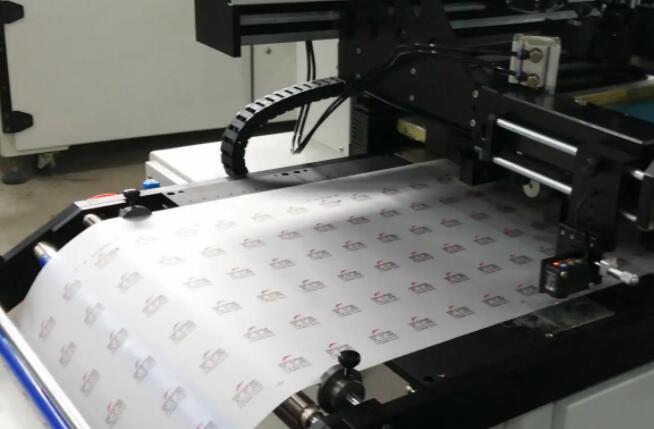Circuit board silkscreen printing refers to the process of using screen printing technology to produce printed circuit boards. The silkscreen layer is one of the layers used to label components or add other information when drawing a PCB.Print the component appearance,serial number,and other explanatory text on the component surface or solder surface through screen printing to facilitate the plug-in of the circuit board production process,including the placement of surface packaged components, and future product maintenance operations.

The role of circuit board screen printing
Circuit board screen printing is a very important component in the manufacturing process of circuit boards, and its main functions include the following:
1. Installation position of identification components
Circuit board screen printing can identify the installation position of components, making component installation more accurate and standardized, thereby improving the reliability and stability of the circuit.
2.Identify the circuit board model
During the manufacturing process of circuit boards, different models of circuit boards may have similar appearances, so screen printing of circuit boards can quickly identify different models of circuit boards and avoid incorrect use.
3.Improve the appearance quality of circuit boards
Circuit board screen printing can make the appearance of the circuit board more beautiful, giving a clean and professional feeling, and improving the overall quality of the circuit board.
4.Simplify debugging and troubleshooting: When debugging or troubleshooting a circuit board, silk screen printing can provide key information about the circuit. For example, it can mark test or measurement points so that engineers can accurately connect test instruments, identify signal paths, or perform fault analysis.
5.Provide assembly guidance: Silk screen printing can include guidance and instructions on assembling electronic components, such as pin arrangement direction, welding position, adjustment direction of adjustable resistors, etc. This is very helpful for both large-scale production and manual assembly, as it can improve the accuracy and efficiency of assembly.
Classification of Circuit Board Screen Printing
According to different printing methods, circuit board screen printing can be divided into two types: screen printing and spray printing.
1.Screen printing
Screen printing refers to the use of a screen printing machine to print identification text, graphics, etc. on the surface of a circuit board. The advantage of screen printing is that it can cover the identification multiple times, making the color and thickness of the identification more uniform and stable, while also having high printing accuracy and speed.
2.Spray printing
Jet printing refers to the use of inkjet printing technology to print identification text, graphics,etc,on the surface of a circuit board. The advantage of jet printing is that it can achieve colorful printing and rapid production, and it is also more flexible than silk screen printing,which can adapt to various printing requirements.
Steps of Silk Screen Printing Process
1.Preparation work: including designing silk screens,making silk screens, preparing ink, etc. Designing a screen requires determining the layout of the printing area, pattern, and text based on the size and requirements of the PCB circuit board.To make a silk screen, it is necessary to select suitable silk screen materials and perform mesh processing. Preparing ink requires selecting the appropriate ink type and color according to printing requirements.
2.Adjust printing parameters: including screen tension,scraper pressure,scraper angle,printing speed,etc.The adjustment of these parameters directly affects the printing quality and effect, and needs to be optimized and adjusted according to specific circumstances.
3.Screen printing: Fix the prepared screen onto the screen printing machine,place the ink in the ink slot above the screen,and start the printing machine for printing.During the printing process,attention should be paid to controlling the printing speed,scraping pressure and angle of the scraper to ensure that the ink can be evenly printed onto the surface of the circuit board.
4.Drying and Curing: After printing is completed, the ink needs to be dried and cured.Drying and curing are usually carried out using hot air or ultraviolet radiation to ensure the stability and durability of printed patterns.
The screen printing layer is an important component of circuit board design, ensuring the effectiveness and visibility of the circuit and preventing external pollutants from contaminating the circuit.